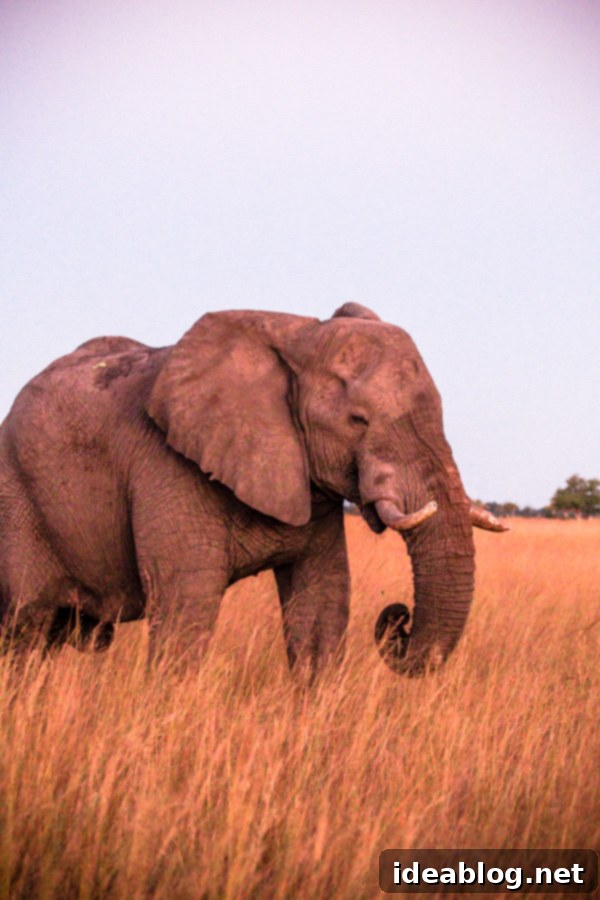Our Unforgettable African Honeymoon: Exploring the Wild Beauty of Botswana’s Okavango Delta
Seeking more adventures from our epic African journey? Dive into the rest of our honeymoon series: read part two, part three, part four, and part five of our African honeymoon posts. These articles further chronicle our incredible experiences in Botswana, Zimbabwe, Zambia, and South Africa.
Just a few weeks ago, my husband Connor and I were immersed in the breathtaking landscapes of Africa, celebrating our honeymoon. Now, back in our Chicago apartment, I’m finally carving out the time to share the first chapter of our extraordinary adventure. It still feels surreal; did all of this truly happen?
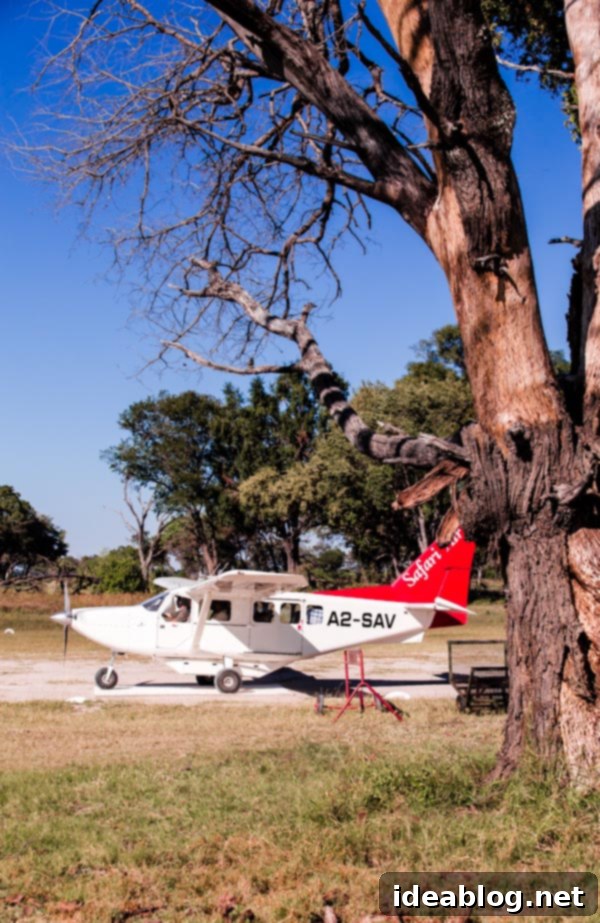
Only a little over three months prior, we were deep in the whirlwind of wedding preparations, with no clear idea of what the future held in the chaotic weeks ahead. What unfolded next was a rapid succession of life-changing events: within eight weeks, we learned we’d be relocating to Chicago for five years, joyfully said “I do” at our wedding, found our new home in the city, embarked on a dream trip across four African countries, packed up our entire lives, rented a U-Haul, and drove 700 miles to Chi-town, accompanied by our sedated cat, Max, and my incredibly supportive, non-sedated parents. Reflecting on this intense period, despite a lingering pang of guilt over my recent blogging hiatus (my initial plans were admittedly unrealistic), I feel surprisingly calm. Perhaps it’s denial, shock, or a swift transformation into the most relaxed version of myself. Regardless, prepare yourselves, because I have some truly remarkable stories to tell!
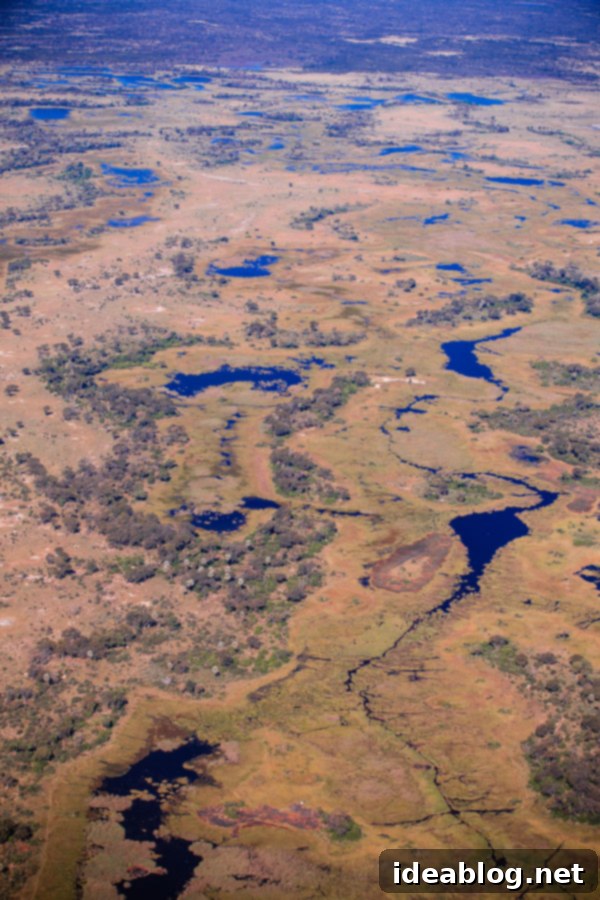
Let’s begin with the highlight: our incredible African honeymoon. Deciding on Africa, and specifically a safari, as our dream honeymoon destination was an easy choice for both of us. A safari in Africa had graced both our travel bucket lists for as long as we could remember, and we recognized that this might be one of our last opportunities for such a grand adventure for quite some time. In fact, our honeymoon planning commenced even before we delved into the intricacies of wedding details. Due to Connor’s demanding schedule, we knew we would need to postpone our trip for a few weeks after the wedding, which allowed us to leave the morning after his medical school graduation and return home with just seven days left to pack and move – a tight but manageable timeline.
After consulting with a knowledgeable travel agency, our focus narrowed to Botswana, particularly the magnificent Okavango Delta and Chobe National Park region, and South Africa. This selection was based on several factors. Optimal game viewing locations often vary by season and water levels, and Botswana stood out. We had also heard glowing recommendations about Botswana from several family friends, who emphasized its remote, wild, and authentic safari experience. Its untamed beauty and unique ecosystem promised an unparalleled adventure.
Given Botswana’s proximity to Zimbabwe and Zambia, we strategically decided to add two nights at the awe-inspiring Victoria Falls to our itinerary. While our travel schedule was undeniably ambitious – perhaps the antithesis of what most people envision as a relaxing honeymoon – we were determined to maximize our experience and witness as much as Africa had to offer during our trip. Every moment counted, and we were ready for an action-packed journey.
Our grand adventure began on Monday, May 18th, as we departed Washington, D.C., embarking on the extensive journey to Johannesburg, South Africa. We strategically utilized nearly every airline mile we had accumulated to secure business class tickets on Ethiopian Airlines – a decision that proved to be absolutely worth it for such a long flight. Fourteen hours later, we landed in Addis Ababa, Ethiopia, for our connecting 5.5-hour flight to Johannesburg. A delightful bonus of our long-haul flight was the opportunity to savor some traditional Ethiopian cuisine on the plane, offering a wonderful taste of the culture even before setting foot on the continent.
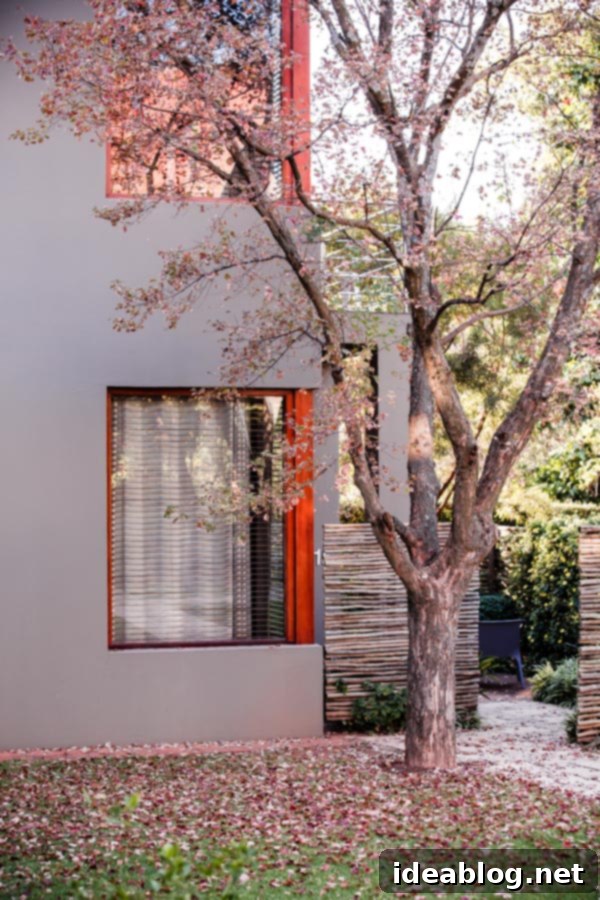
We touched down in Johannesburg in the early afternoon, spending a single night at a charming, boutique hotel on the city’s outskirts. It was here that we had our first taste of truly unique local cuisine, sampling springbok carpaccio, a surprisingly delicious culinary adventure! Despite the lengthy flights and the onset of jet lag, we were in remarkably good spirits and managed to enjoy a solid night’s sleep, which prepared us for the next leg of our journey. The following morning, we returned to the airport for a short regional flight to Maun, Botswana. Upon our arrival in Maun, the gateway to the Okavango Delta, we transitioned to a tiny, six-seat Safari Air puddle jumper, destined for our very first safari camp deep within the Delta.
Let me assure you, a six-seat puddle jumper is exactly as small and intimate as it sounds! Connor even had the thrilling experience of sitting in the co-pilot’s seat during one flight, while I, perhaps overly cautiously, kept repeating, “Don’t touch anything!” throughout the entire journey. These small planes are like aerial buses, making multiple stops to drop off and pick up passengers depending on their various camp destinations across the vast Delta. After departing Maun, the familiar paved airstrips quickly gave way to incredibly remote, rugged dirt airstrips. These rudimentary runways, lacking any lighting or signage, mean planes are grounded during hours of darkness. What makes these airstrips truly remarkable is their location – right in the heart of the Delta, often serving as casual crossing points for local wildlife. Indeed, several warthogs delightfully greeted us upon our arrival at our first camp, much to my amusement!
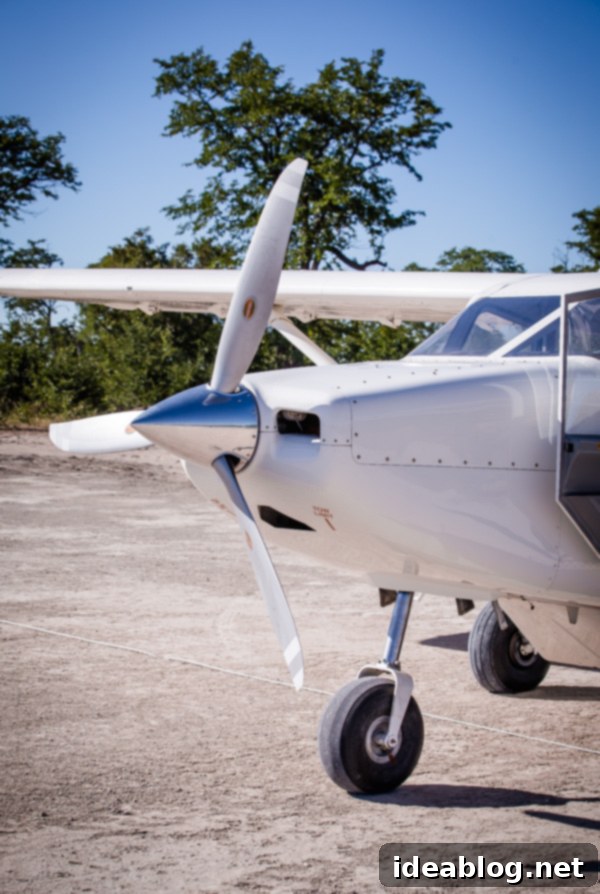
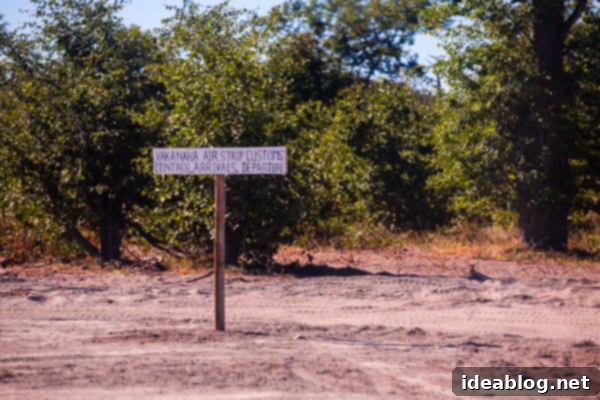
To give you a sense of Botswana’s vastness and unspoiled nature, the country is roughly the same size as France but boasts a population of only two million residents. Our Safari Air flights typically ranged from 30 minutes to an hour in length. What truly underscored the remoteness of our journey was the fact that, during these entire flights, we saw virtually no signs of human civilization. Botswana is, quite simply, that remote and untouched. Most of the time, the pilots would fly at an altitude of only a few thousand feet, transforming these puddle jumper flights into an exciting aerial game drive. This low-flying perspective often allowed us to spot wildlife from above; we actually glimpsed our very first elephants, impalas, and wildebeest of the trip from the vantage point of our tiny Safari Air plane, a truly unique introduction to the Delta’s inhabitants.
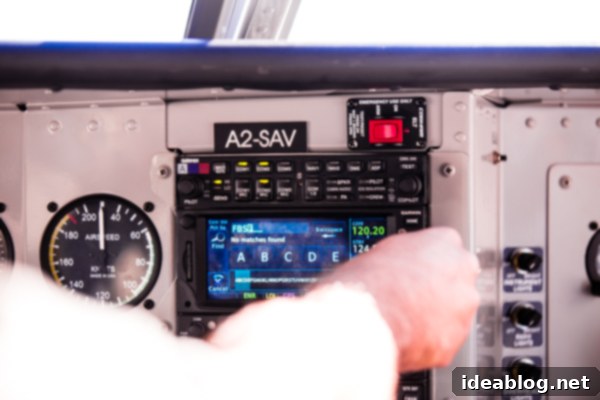
The Okavango Delta, recognized as one of the largest inland deltas globally, is truly one of the Seven Natural Wonders of Africa and a distinguished Natural Heritage site. Its year-long access to water, despite fluctuating levels, creates a permanent haven for a rich diversity of animals and birds throughout the year. Our initial safari camp in Botswana, where we would spend the next three nights, was conveniently situated within half a mile of our first dirt airstrip. Although we had departed Johannesburg that morning, we didn’t arrive at our camp until close to 4 o’clock in the afternoon. Given that most safari camps organize both morning and afternoon game drives daily, we wasted no time; within approximately five minutes of settling in, we dropped off our belongings and eagerly embarked on our very first safari game drive!
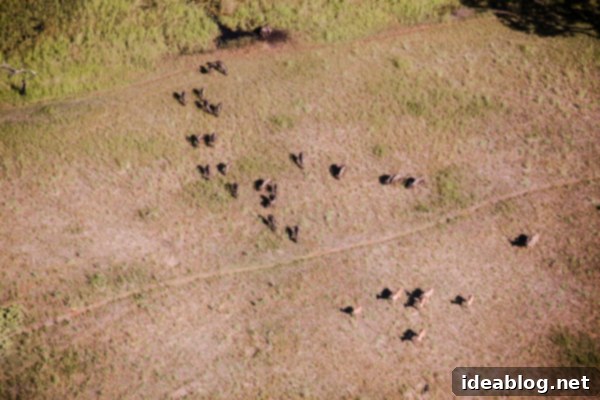
While our camp had the capacity to accommodate around 18 guests, the brilliant setup involved breaking us into small, intimate groups for the game drives. This approach significantly enhanced the overall safari experience, making it far more personal and engaging. From that point onward, we were fortunate to travel with the same, exceptionally knowledgeable and experienced safari guide, Aubrey, and one other delightful guest, Cindy, for the remainder of our stay at the camp. This consistent arrangement was wonderful; it allowed us to truly get to know Aubrey, ask a myriad of questions, and created a much more intimate and enriching safari journey. Whether it was sheer luck or simply the magic of the Delta, we couldn’t have asked for a more spectacular first game drive! In just under three hours, we were treated to an incredible array of sightings: our first close-up encounter with majestic elephants, a leopard and a lion (both actively feasting on separate kills), playful baboons, graceful kudu, vast herds of impalas, comical warthogs, cunning jackals, and a countless variety of vibrant birds. It was an overwhelming introduction to the vibrant ecosystem of the Okavango Delta.
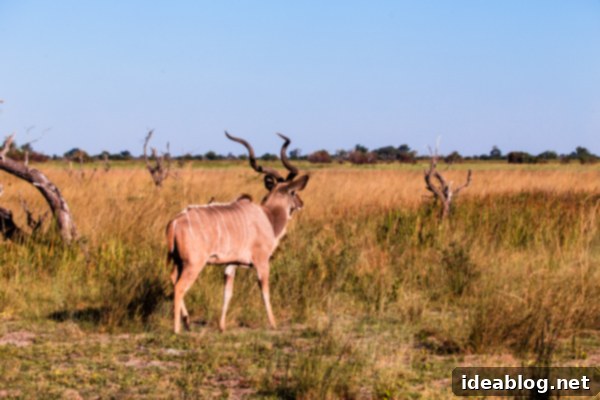
One of the most surprising and captivating animals we encountered throughout our entire trip, and on multiple occasions, were the kudu. These magnificent antelopes, roughly twice the size of a deer, boast the most striking spiral horns on the adult males, which are truly a sight to behold. We observed one particular kudu offering a unique ride to several oxpecker birds, which were diligently working to remove parasites and bugs from its back – a fascinating example of symbiotic relationships in the wild. The Okavango Delta presents an extraordinarily diverse landscape. While much of Botswana is remarkably flat, our drives took us through a tapestry of environments: from expansive, wide-open plains to areas densely populated with shrubbery and small trees, and even through water that was often several feet deep, requiring our safari vehicle to navigate with skill. The landscape’s sheer wonder is almost impossible to fully describe or capture in photographs, but what truly struck me was the absolutely incredible scent that permeated the air! I know it sounds a little peculiar, especially given the abundance of wildlife, but we quickly discovered during our drive that the area is rich with wild sage (as pictured below) and wild basil. As our jeep traversed through the tall grasses, the air would fill with this exquisite aroma – a smell I desperately wanted to bottle up and take home!
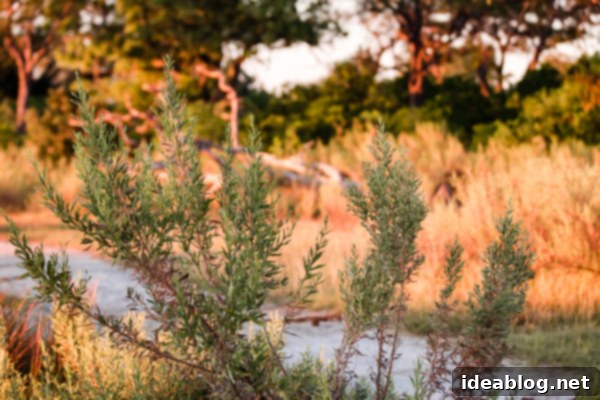
Within mere ten minutes of leaving our camp, we had already spotted our first magnificent male bull elephant. It had just enjoyed a swim and was now calmly focused on grazing. Naturally, I immediately began snapping pictures, assuming we wouldn’t get much closer. For the trip, I had rented a mid-level telephoto lens and an extender, essentially doubling its reach, believing it would be absolutely essential for capturing close-up shots during our safari drives. However, I couldn’t have been more mistaken. Don’t let my pictures deceive you! It was incredibly rare for us to be more than 30 feet away from any animal we spotted during our drives; most of the time, we were comfortably within 10 to 20 feet. This meant that while the telephoto lens was certainly a helpful bonus and well worth having, it was by no means necessary for achieving stunning close-ups. To illustrate just how close we were, I was less than 20 feet away from this majestic elephant when I captured this particular photograph!
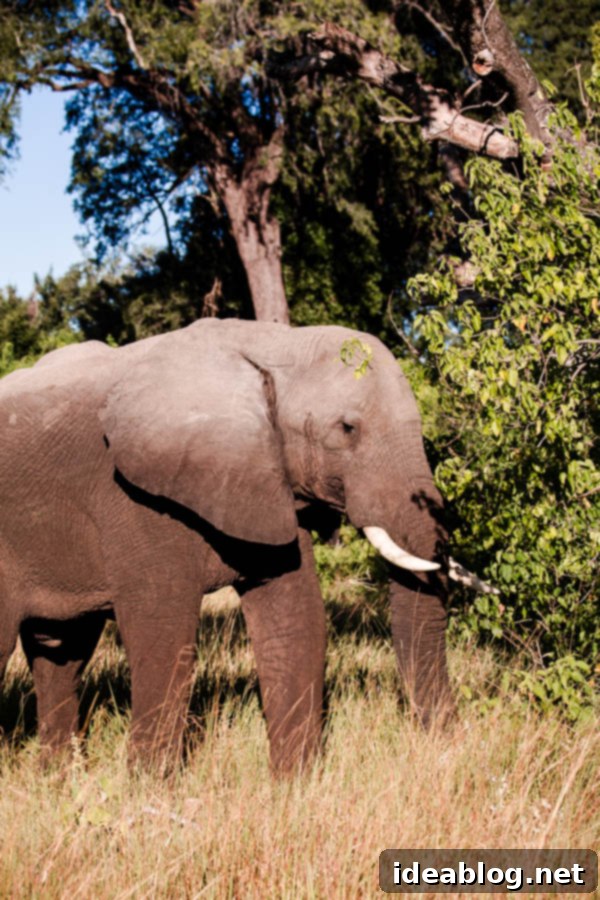
Meanwhile, Connor and I couldn’t stop grinning from ear to ear, clearly experiencing our first intense safari high. Just about five minutes later, our guide, Aubrey, mentioned that he had tracked a female leopard earlier that day not far off, feasting on an impala kill, and we would be heading there next. Honestly, we weren’t even sure if we would be lucky enough to see a leopard during our entire trip, let alone within just an hour of our very first game drive. It felt incredibly surreal and absolutely exhilarating.
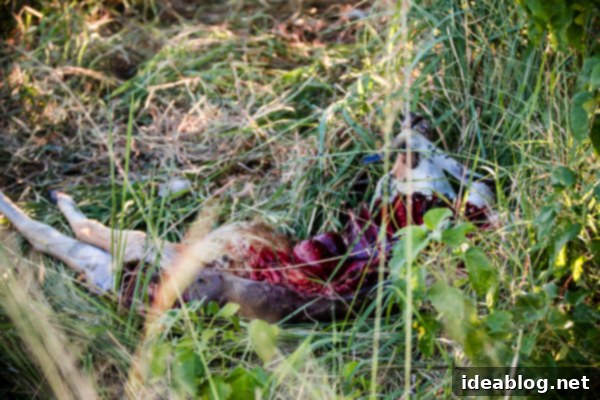
Approximately twenty minutes later, we arrived in a grassy area. Within a mere ten feet of the impala kill, there it was: the leopard, lying perfectly camouflaged amidst the tall grass. Our first leopard. Just ten feet away from our safari jeep. It was truly unbelievable. We carefully turned off the jeep’s engine and spent more than 20 minutes simply observing the leopard as it lay there. The experience was both exhilarating and, quite honestly, a little terrifying at the same time. I had never anticipated getting this close to any wild animal, let alone a leopard. Even more surprising was the fact that it didn’t seem bothered by our presence in the slightest. In fact, it appeared rather bored by the whole situation. We later learned that animals tend to perceive safari vehicles and the people within them as one large, composite object or animal, similar in size to an elephant. This is precisely why visitors are strictly instructed never to stand up, extend their arms out of the vehicle, or make sudden movements, as such actions could break the illusion and potentially provoke a reaction. Despite this knowledge, a small part of me couldn’t shake the thought that it could, at any moment, leap onto our truck and consider me dinner.
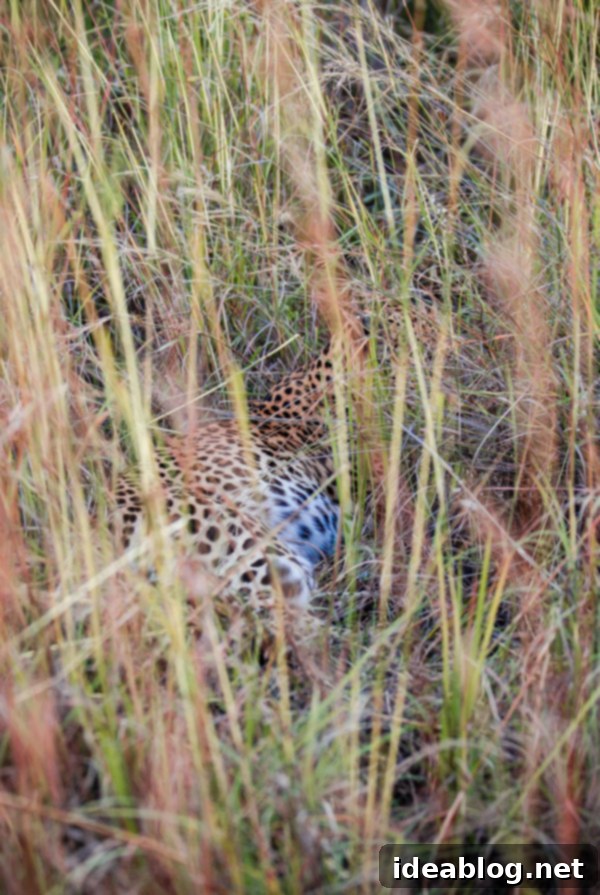

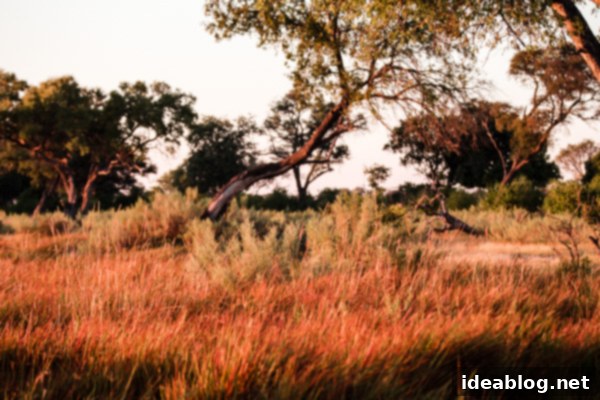
Just thirty minutes later, our incredible luck continued as we encountered our very first, relatively young, male lion, engrossed in eating a male kudu. Once again, fortune was on our side that day, and we were incredibly fortunate to have an exceptionally skilled guide who possessed an almost uncanny ability to track practically any animal print he came across. We approached within about 15 feet of this magnificent creature, and he couldn’t have cared less about our presence. He was far too preoccupied with his dinner, and we could distinctly hear the bones crunching as he ate – a raw and unforgettable sound of the wild.
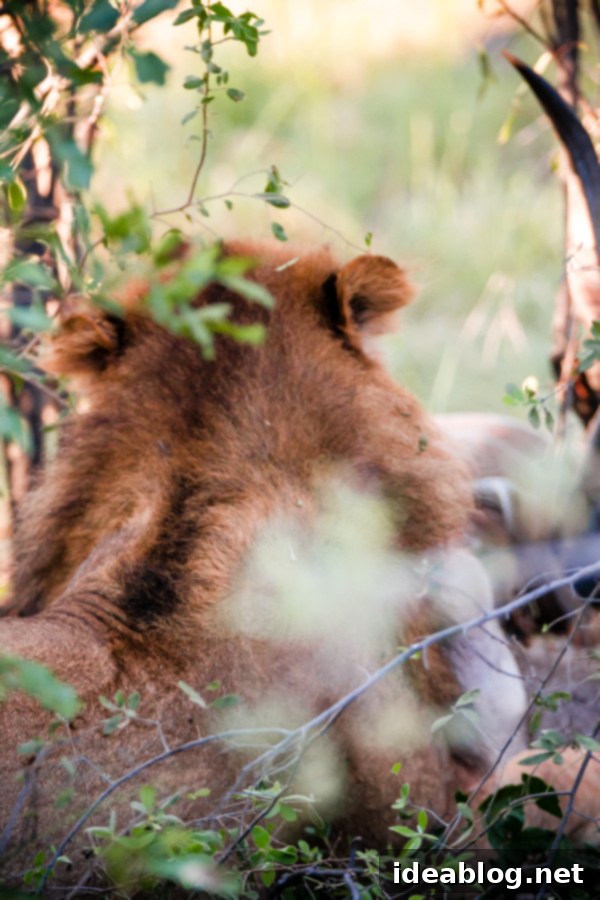
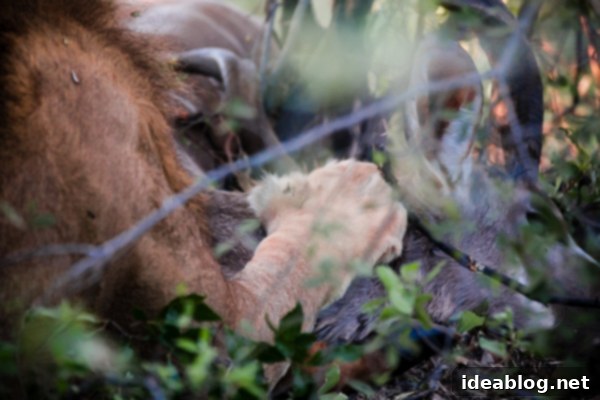
At this point, the sun was beginning its descent, signaling that it was getting close to sunset. As it was currently winter in Botswana, sunset typically arrived around 5:30 PM, and we started our journey back to the camp. I might sound like a broken record, but I cannot even begin to adequately describe the sheer beauty of the sunsets in Africa, particularly those witnessed during our game drives. For the first week and a half of our entire trip, there was literally not a single cloud in the sky, creating a canvas for truly spectacular displays of color. The African sunsets and, equally breathtaking, the sunrises, were so magnificent that I quickly gave up trying to capture them adequately on camera; their splendor simply cannot be fully conveyed through a lens. It was an experience meant to be absorbed and cherished.
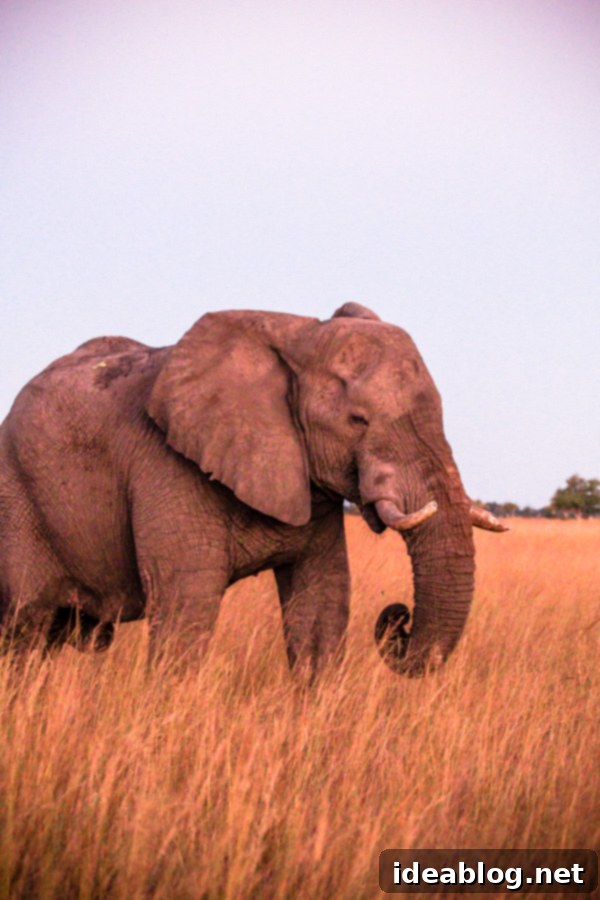
On our return journey to the camp, we had another incredible encounter, coming across a different, equally massive bull elephant. The golden light of the setting sun illuminated him perfectly, creating what were probably my favorite elephant photographs from our entire trip. This majestic creature, with his distinctive chin hairs, quickly became known as the ‘broken tusk’ elephant during our journey, and we were delighted to see him at some point almost every single day, becoming a familiar and welcome presence in the Delta.
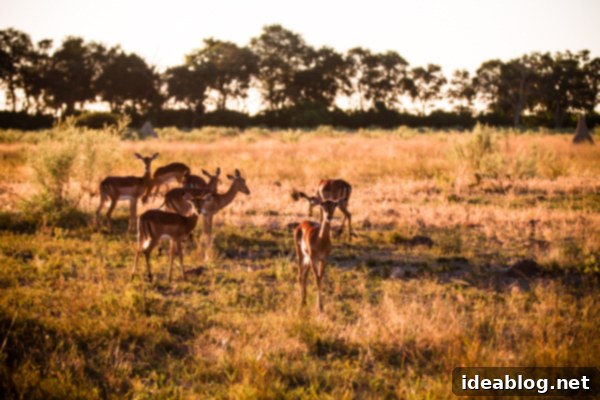

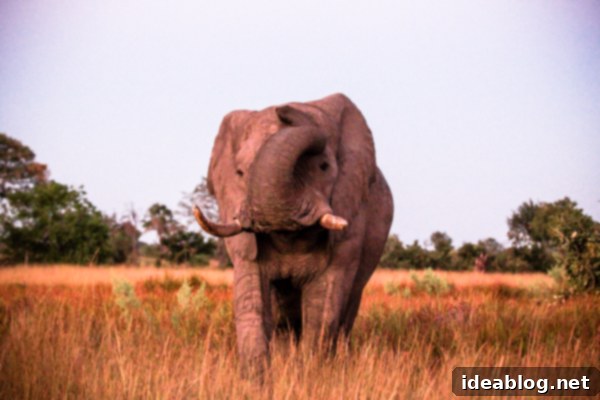
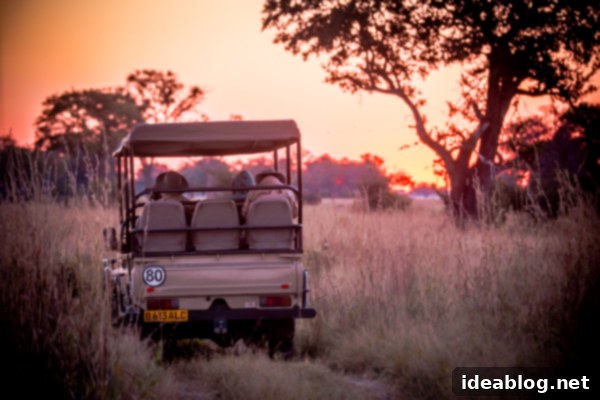
Upon our arrival back at the camp, we gathered for a wonderful family-style dinner, sharing stories and recounting the day’s incredible sightings, before heading to our own raised tent for the night. While the camp provided the comfort of running hot water and electricity (all powered by a generator), it was seamlessly nestled within a patch of trees right in the heart of the Delta, offering an authentic wilderness experience. Although the camp was equipped with an electric pole fence – which, I must admit, was not nearly as intimidating or sophisticated as it sounds, designed solely to deter elephants – the rest of the camp remained open and entirely accessible to all the surrounding wildlife. For this very reason, guests were always accompanied by a guide with a flashlight on their walk back to their individual tents after dark. That very first night, we actually woke up to the distinctive and incredibly loud sound of a hippo munching on grasses just a few feet from our tent, a truly immersive sound of the African night. A day or so later, we discovered fresh leopard tracks woven throughout the camp, and soon after, we found our resident warthog, who faithfully came to sleep under one of the camp’s decked sitting areas each night, making himself quite at home.
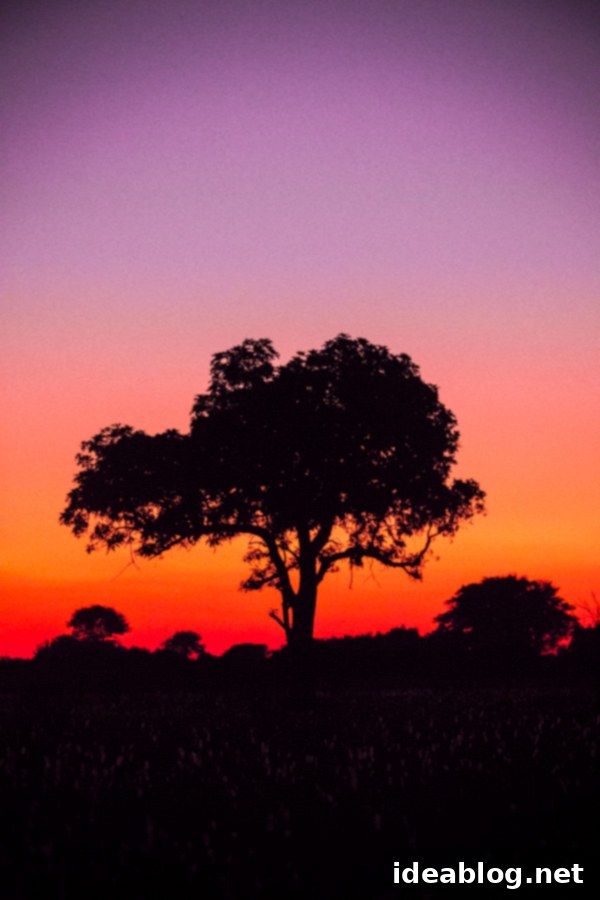
As we drifted off to sleep that night, we were filled with an overwhelming sense of gratitude for having experienced such an amazing first day at camp, truly awestruck by the raw beauty and untamed spirit of the Okavango Delta. With such an incredible start, we knew that things could only get better from this point on, promising many more unforgettable moments on our African honeymoon adventure.
Craving more details of our journey? Continue reading our African honeymoon saga: explore part two, part three, part four, and part five of our captivating posts.
